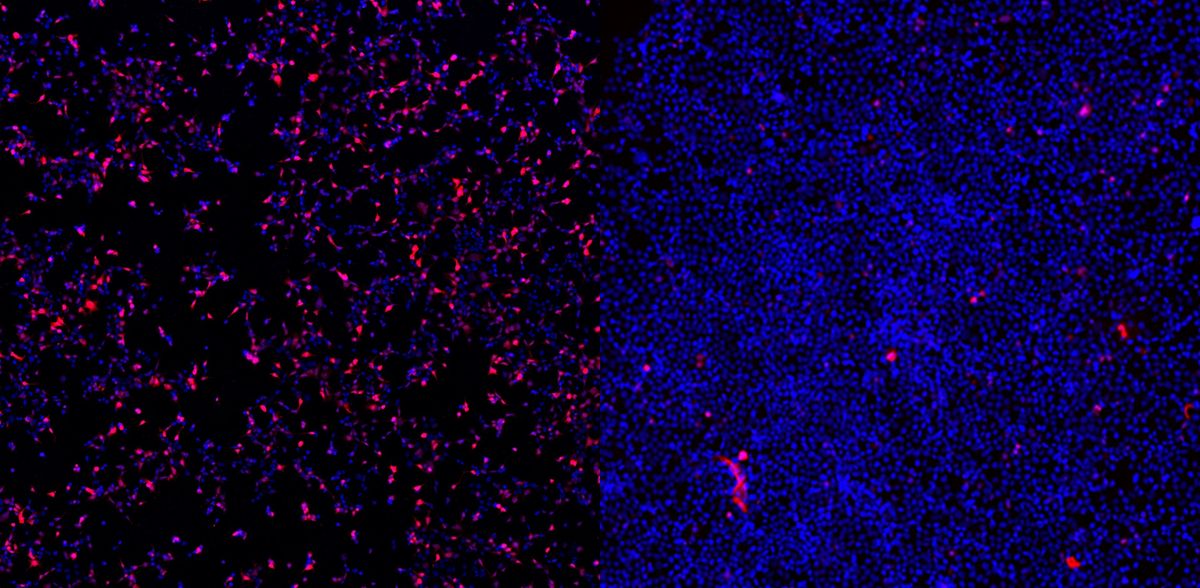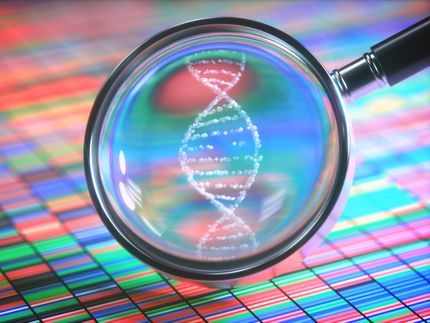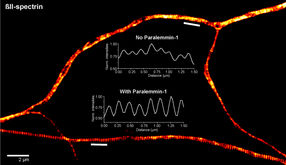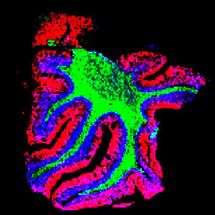Antisense RNA for the treatment of severe epilepsy in premature infants
A child is born prematurely at the LMU Hospital and suffers from epileptic seizures almost continuously. The girl has an ultra-rare disease: an early and severe epilepsy with a so-called sodium channel mutation, an "SCN2A-associated developmental and epileptic encephalopathy" (SCN2A-DEE). All conventional seizure-interrupting therapies remain unsuccessful. Then a team from the Dr. von Hauner Children's Hospital, together with the Neonatology Department and the Pediatric Epilepsy Center at the LMU Clinic and the TUM Clinic, ventured a new treatment approach. The therapy is proving effective and has now been published in "Nature Medicine".
Developmental disorders and epilepsies in childhood are often genetic. SCN2A-DEE is caused by mutations in the SCN2A gene. This gene leads to the production of a special protein: a sodium channel that plays a crucial role in the function of nerve cells. Changes in this gene lead to a defective protein and to impaired signal transmission in the brain. The result: very early epileptic seizures beginning before the age of three months and severe developmental disorders.
In the case of the affected child from Munich, the genetic defect was diagnosed in the womb. The value of such genetic tests has increased considerably with the advent of new precision therapies, as in the best case an innovative personalized therapy concept can be developed on the basis of a specific diagnosis. Neuropaediatrics - the specialist field that deals with neurological diseases in children and adolescents - is a pioneering discipline in this area, even if these therapies are only available for a few diagnoses to date and many scientific, technical, ethical and care-specific questions remain unanswered.
Small RNA fragments offer hope
Antisense oligonucleotides (ASOs) play a special role in the context of precision therapies. These are small nucleic acid fragments that bind RNA, can intervene to modulate cell biology and are seen as a particular beacon of hope in precision medicine. For example, they can inhibit the production of disease-promoting proteins. The ASO 'Elsunersen' used in the new study targets the mRNA of the SCN2A gene and leads to its degradation. This means that no faulty protein can be produced, which causes the symptoms of the disease.
The doctors injected the Elsunersen directly into the girl's spinal canal. Conventional therapy was carried out in parallel. The result: an interruption of the permanent seizures and a reduction in the frequency of seizures by more than 60 percent to five to seven seizures per hour, which lasted until the age of 22 months and enabled clinical care stability. Nevertheless, the severe neurological developmental disorders remained, possibly due to the long period of time with the disease in the womb. Regarding the safety of the treatment, there were no serious side effects over a period of 20 months of therapy with 19 administrations.
Precision therapies will become increasingly important in medicine
"The study underlines the potential of ASO therapies for genetic diseases," says Dr. Matias Wagner, group leader for nucleic acid therapies at the Institute of Human Genetics at the TUM Clinic and also working at the LMU Clinic during the study phase: "In the future, on the one hand, there will be the use of approved drugs for precision therapies or we will test their efficacy in clinical trials at the center. On the other hand, there are patients for whom no such treatment option is yet available. We would like to develop effective ASO therapies for these patients."
"With the advent of ASO therapies, a new chapter in epileptology has begun," emphasizes Prof. Ingo Borggräfe, Head of the Pediatric Epilepsy Center at LMU Hospital: "Successful treatment requires extensive clinical experience, considerable human and logistical resources and interdisciplinary cooperation, which will continue to shape the orientation of our center now and in the coming years."
The Munich team and its cooperation partners now want to develop ASOs for other rare neuropaediatric diseases, embedded in competent care structures and building on the knowledge gained and the expertise of the participating research groups within this cross-university network.
Note: This article has been translated using a computer system without human intervention. LUMITOS offers these automatic translations to present a wider range of current news. Since this article has been translated with automatic translation, it is possible that it contains errors in vocabulary, syntax or grammar. The original article in German can be found here.
Original publication
Matias Wagner, Géza Berecki, Walid Fazeli, Claudia Nussbaum, Andreas W. Flemmer, Silvana Frizzo, Farina Heer, Florian Heinen, Robert Horton, Henry Jacotin, William Motel, Brian Spar, Christoph Klein, et al.; "Antisense oligonucleotide treatment in a preterm infant with early-onset SCN2A developmental and epileptic encephalopathy"; Nature Medicine, 2025-4-22






















































